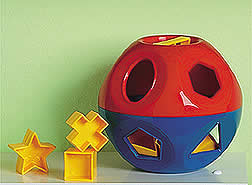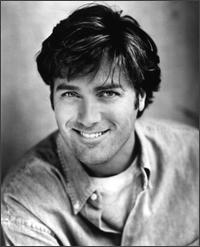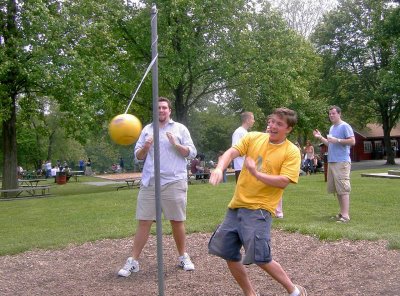Guatemala

Guatemala, "the land of eternal spring," is an area roughly the size of Louisiana and the northernmost of the Central American republics.
Recent estimates push the number of inhabitants to over eleven million. More than half that total trace their origins to a rich pre-Columbian Mayan heritage.
Though Spanish is the official language, some 20 Indian dialects are spoken. The country itself divides into two basic areas: the tropical lowlands on the Atlantic and Pacific coasts and in the Department of Peten in the northwest, plus the temperate highlands that stretch northwest to southeast.
The extremely fertile Pacific region grows much of the exceptional cotton, sugar cane, bananas, pineapples, and other tropical fruit. Coffee, some of the world's best, is an important commercial crop in the highlands. Corn, rice, and beans, as well as wheat, are basic to the economy. Vegetables, both for domestic use and exportation, have gained importance during the past decade. Mineral resources, including petroleum, are being developed. Industry is concentrated chiefly in the processing of agricultural products and the manufacture of textiles.
Swashbuckling Pedro Alvarado, the Spanish conqueror of Guatemala, established the first capital on the side of the old Indian city of Iximche in 1524. Since then, the capital has moved several times, but maintains the original charter.
On September 15, 1821, Guatemala declared independence from Spain, and after a brief period of annexation to the Mexican empire, joined a short-lived federation called United Provinces of Central America. The Guatemala republic came into being under the dictator Rafael Carrera in 1847.
Most of what is modern Guatemala politically and socially was deeply affected by the reformer Justo Rufino Barrios. Since the mid 1980s, Guatemala has had a democratic form of government.
Guatemala
Guatemala is the northernmost of the Central American republics. Since the mid 1980s, Guatemala has had a democratic form of government.
CAM in Guatemala
In 1899, when Mr. and Mrs. Edward Bishop began the work, it was a far cry from the 100,000+ believers who make up the CAM family in Guatemala today. The work began in Guatemala City but spread rapidly to rural and dialect-speaking areas.
The translation of the New Testament into Cakchiquel was completed in the early 1930s and a pattern was set for further ministry both in Guatemala and around the world. Tribal languages could and should be reduced to writing and the Word of God must be translated.
The oldest of the theological study centers in Guatemala was founded in 1923 as Robinson Bible Institute and dedicated to training in the dialects. It has since changed its focus and name. Now known as the Guatemala Bible Seminary, it serves as a Spanish-language training center. The school offers a diversified program from two to four years in length.
The Central American Bible Institute opened its doors in 1929 for the training of Spanish-speaking students. Known today as the Central American Theological Seminary, it keeps pace with the rising academic expectations of Latin America and attracts students from many Spanish-speaking countries. The total on-campus student body numbers around 1,000. Levels of study include secondary and college, including two levels of masters degrees.
There are other semiformal and non-formal theological training programs scattered throughout the land.
Radio has figured prominently in the evangelism and edification programs. TGNA began broadcasting in 1950 from the capital city. Today the impact of their select program puts the gospel into places difficult or impossible to reach in any other way. Likewise, Radio Maya and Radio Buenas Nuevas, dialect stations in remote mountain areas, broadcast programs in several different dialects.
Translation work continues, especially in the Huehuetenango department. There are still groups that do not have copies of the Scriptures in their own language. In these same areas CAM cooperates with clinics and health centers within the framework of Principles and Practice, a document that clearly states CAM's gospel-preaching and church-establishing purposes.
Numerous options are available for the education of MKs. CAM participates in the Christian Academy of Guatemala (CAG) located in Guatemala City. The CAG is an independent school for MKs whose parents work under several different missions. Christian grade schools supported by the national church are also an important part of the ministry.


















































